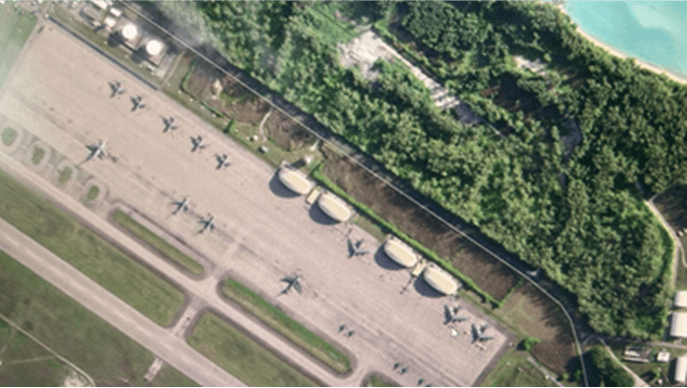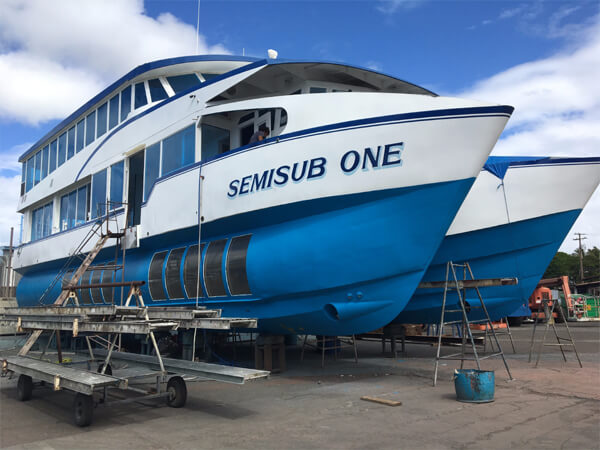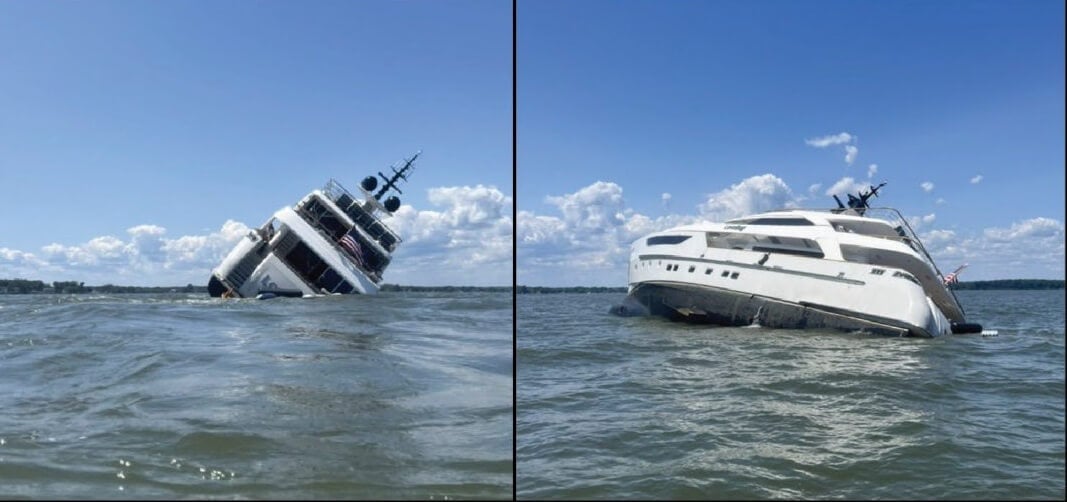Legacy and Innovation
The roots of naval architecture are steeped in tradition with knowledge passed down through generations. Scientific ship design in the 18th century introduced mathematical models used to inform hull design while the Industrial Revolution brought iron and steam, revolutionizing design, materials science and propulsion.
The 21st century ushered in the digital transformation alongside essential new tools in the naval architect's arsenal. Advanced CAD technology, Artificial Intelligence (AI) and data-driven modeling are now used to optimize designs. From concept through a ship's lifecycle, digital twins enable predictive maintenance and monitoring to model fuel consumption across voyage profiles.
These new tools bridge the gap between design and day-to-day operations in a way never before possible. Naval architecture has evolved from a craft to a robust engineering discipline but remains rooted in the principles of the earliest shipwrights. Successful naval architects today are those who can balance cutting-edge innovation with time-tested fundamentals and work alongside data scientists and software engineers, blending classical engineering judgment with innovative insight.
The ability to intuitively understand how a vessel will behave underway and under duress is as critical as proficiency with modern tools and software.
That ethos defines the modern age of naval architecture. AI and Big Data are no longer optional, they're integral. Lifecycle sustainability is not just something to consider, it's a core design driver. "We continue to work with clients, old and new, to apply traditional best practices to a modern fleet," says John Gilbert, President of Gilbert Associates Inc., a stalwart of naval architecture for over 60 years.
FUTURE-PROOFING VESSEL DESIGNS
As design itself may be more efficient by virtue of the available tools, a wide variety of challenges persist even as new ones develop. Naval architects are no longer viewed simply as technical designers but as long-term partners involved from the concept stage and continuing throughout a vessel's functional life.
Often, long-term strategies require designers to develop a "crystal ball" approach, assisting vessel owners in anticipating issues before they even arise. Predicting future regulations, fuel transitions or new technology that have not yet materialized (or whose viability is unknown) is now par for the course.
"Future-proofing ship designs is easy to say, but far more difficult to execute," says Morgan Fanberg, CEO of Glosten.
Most domestic vessels have operational life expectancies of 30 years or more, and Glosten's designers have to weigh the consequences of each vessel detail while allowing for the inevitable changes in everything from materials to regulation. A balanced approach requires considering the most advanced equipment available from OEMs while building in allowances for future upgrades.
While both may help delay obsolescence, they also carry risks. Emerging technologies lack a proven track record while integration challenges and costs can increase rapidly. And, of course, predictions may simply be wrong. "Ultimately, future-proofing requires a careful balance between foresight, flexibility and cost – designing vessels that meet today's requirements while giving them room to evolve," Fanberg says.
REGULATORY CHALLENGES
Perhaps the greatest challenge in vessel design has always been regulation. Regulators are notoriously slow to react to changes and often uninformed, particularly with today's rapid pace of innovation. As a result, predicting and planning for changes in regulations is often a guessing game at best, requiring even greater collaboration.
This isn't exclusive to future regulations but also relevant to existing rules sometimes forcibly applied to modern technology.
Gilbert Associates has spent considerable time refining its approach to hybrid passenger vessels, culminating most recently in the Capt. Almer Dinsmore, New England's first hybrid diesel-electric ferry. The project required intensive coordination with regulators and equipment vendors to integrate lithium-ion batteries, advanced fire suppression and new electrical systems – all under restrictive Subchapter K tonnage rules.
Across the naval architecture sector, the concept of future-proofing carries with it a natural element of revolution, pushing the boundaries of the regulatory process. As designers implement the latest technology, they challenge both the vendor/system integrator and established rules set by maritime authorities.
The naval architects at Norway's Breeze Ship Design frequently challenge established rules. When the world's first LNG-powered offshore support vessels were designed, there were minimal class or flag state rules that could be applied. Instead, Breeze followed IMO's alternative design process to develop a level of safety that challenged even existing vessels.
In close collaboration with stakeholders (including other designers), the company designed solutions and, in the process, new standards. But rather than hide or protect their innovations from competitors, Breeze shared them across partnerships, believing that, according to CEO Ove Wilhelmsen, "sharing our innovations with other stakeholders drives the whole market to a higher level of safety and efficiency, which will benefit us all."
Designers are caught in a difficult position, trying to make bold advances while remaining practical. Elliott Bay Design Group sees the primary challenge as delivering solutions that draw from the technologies their clients truly need.
"We don't just follow trends," notes Robert Ekse, President. "Instead, we translate them into practical solutions that work in the real world – balancing innovation with practicality to ensure long-term success. Ultimately, it's about partnership, purpose and building what's next together."
LIFE EXTENSIONS
Naval architects don't concern themselves solely with new designs, of course. "A large portion of our activity relates to ships in operation," notes Breeze's Wilhelmsen.
Indeed, with more than 4,000 vessels designed over the decades, the company has a team dedicated to vessel conversions and upgrades, including the Viking Energy. Built in 2003 as the world's first LNG-powered offshore support vessel, Equinor, Eidesvik and Breeze teamed up for the Apollo project to convert the vessel from LNG to ammonia.
Designers work closely with clients, regulators and shipyards to develop and execute practical modernization plans. These refits blend already existing strengths with updated systems while lowering operating costs and extending useful life, demonstrating that progress doesn't always require new steel.
Life extensions are critical for reducing environmental impact and increasing the value of aging assets. Projects that modernize older vessels by integrating centralized management systems enable crews to focus on preventive (versus reactionary) maintenance.
According to Glosten's Fanberg, "These kinds of upgrades are essential in a world where skilled mariners are in short supply. The goal isn't automation for its own sake, but for improving the day-to-day experience of operators and crews."
INTEGRATING LEGACY & INNOVATION
Naval architects are no longer just designers. They're systems integrators, digital strategists and environmental stewards.
The coming decades will see tighter integration between designer and operator, leveraging innovation to vet thousands of design variants before a single steel plate is cut. Regulations will evolve in parallel, pushing innovation in zero-emissions vessels and autonomy.
Forward-thinking companies will continue to demonstrate how deep-rooted tradition, when combined with thoughtful innovation and an appetite for disruption, can shape a future that's as environmentally conscious as it is commercially viable. From their perspective, the future is not as challenging as it is rife with opportunities.
Per Elliott Bay's Ekse, "We are pushed to be more proactive in engaging with stakeholders and more precise in integrating technology that is not only innovative but also practical and aligned with operational realities."
Regular contributor CHAD FUHRMANN is a Senior Consultant at Core Group Resources.


 A sample of claimed secret documents (GUR)
A sample of claimed secret documents (GUR)